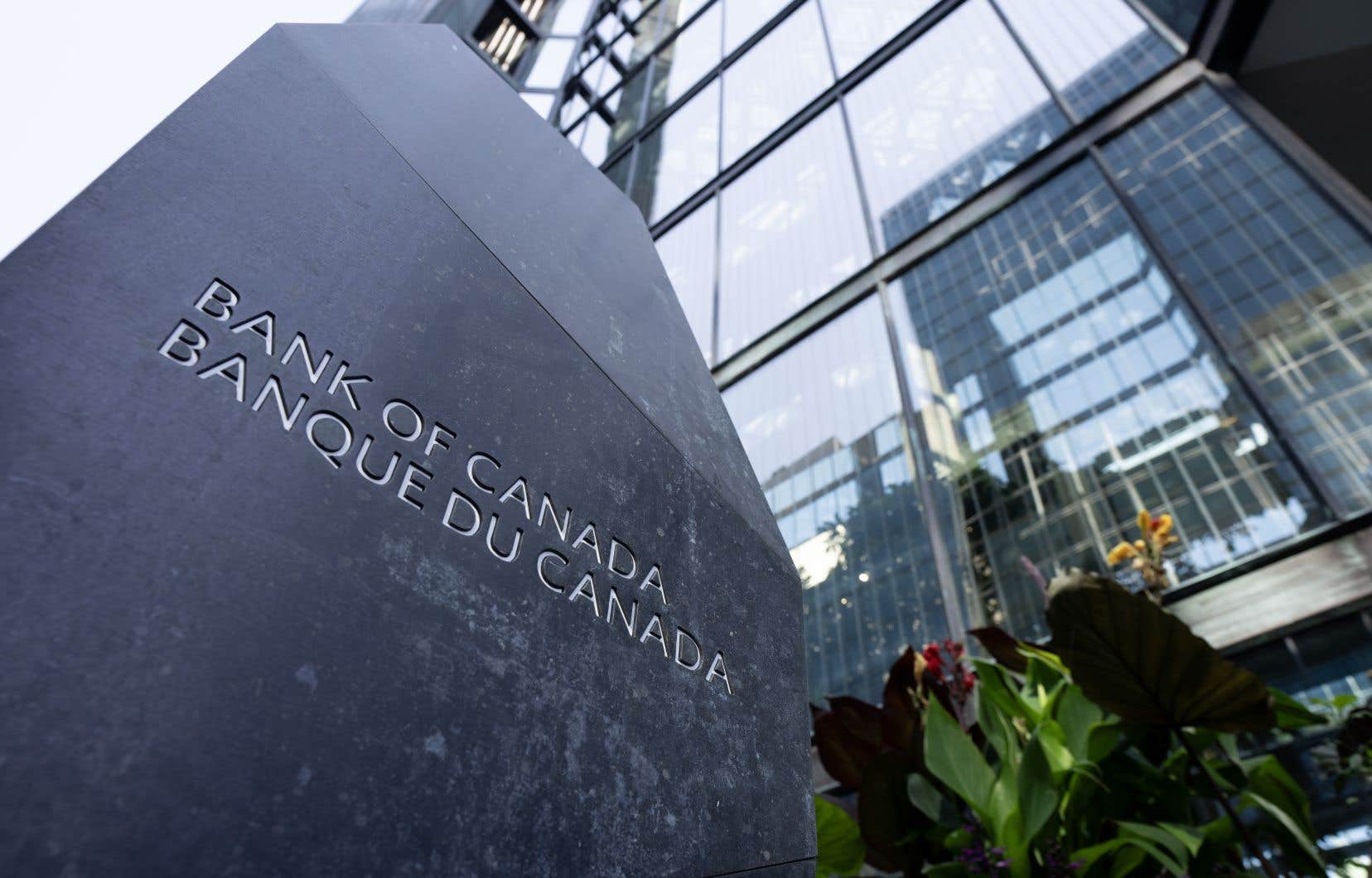This text is part of the special Personal Finance section
On January 24, the Bank of Canada announced the maintenance of its key rate at 5%, suggesting the start of adecline in interest rates. However, this promises to be slow and gradual, which will require some households to hold their breath for several more months before being able to loosen the purse strings.
This is the fourth consecutive maintenance of the key rate by the institution and, although it has not ruled out increasing it, this should not be the case, according to Pierre Cléroux, vice-president of research. and chief economist of the Business Development Bank of Canada (BDC). “The economy has slowed down significantly, there will be no further increase expected. »
It has been almost two years, since March 2022, that the central bank has decreed successive increases in its key rate in order to put a brake on inflation. While this peaked at 8.1% in June 2022, it rose to 3.4% in December 2023, confirming an easing of pressure on part of prices. Particularly on those in the grocery basket which, although they will continue to increase, will do so at a slower pace this year.
However, returning to the target level of 2% will take some time, in particular because prices in the housing sector remain very high, underlines Mario Iacobacci, partner in economic and economic advisory services. active at Deloitte Canada. “This sector is important because of its weight in household consumption, and its prices are not falling as they should due to the structural shortage of housing. »
Given this pressure on housing, the firm expects to see a first drop in interest rates, which fluctuate depending on the key rate, between the end of spring and the beginning of summer. “Certainly not before that,” says Mr. Iacobacci.
A debt that will take a long time to repay
Households, particularly those with a variable rate line of credit, will see their borrowing costs decrease once the rate decline begins, indicates Pierre Cléroux. The economist anticipates the cost of auto loans and mortgages will fall, a prospect he says bodes well for moderation in the housing sector. “The drop in interest rates will mean that we will build more,” maintains the expert, who nevertheless emphasizes that the reduction in mortgage regulation will take some time.
And for good reason, the amount of mortgage interest payments has jumped by almost 90% since the start of interest rate increases, according to government data.
The gradual reduction in rates will therefore not magically relieve the most indebted households, especially since all the effects of the latest increases have not yet been felt on the real economy, warns Mario Iacobacci. “Some homeowners facing a mortgage renewal may have to continue to reduce their consumption to manage the interest burden. »
If the anticipation of the drop in rates is already reflected in the offers of financial institutions, Mario Iacobacci invites households to scan the market to compare the proposals of banks when choosing between fixed rate or variable rate. “Those who can bear more risk may feel ready to opt for a variable rate mortgage payment while those with more debt may make another choice. »
This call for caution is based on the market’s tendency to react based on the historical behavior of central banks, which have made rapid rate reductions in the past, notably during the 2008 financial crisis. “The trend could be different this time, and rates will stay high longer than the market expects. »
The supportive labor market
Faced with uncertainty, households will nevertheless be able to count on some guarantees, particularly in the labor market. “Even if inflation is slowly decreasing, this is counterbalanced by the continued increase in wages on which the labor shortage and the aging of the population are putting pressure,” indicates Pierre Cléroux.
The economist is optimistic although the drop in rates promises to be gradual. “As it occurs, it will generate more confidence, more consumption, particularly on the part of consumers who have a lot of savings,” indicates the expert who anticipates that the Bank of Canada will bring the key rate close to 2.5% next year. “The year 2024 is a year of transition, 2025 will be that of balance. »
This content was produced by the Special Publications team at Duty, relating to marketing. The writing of the Duty did not take part.
